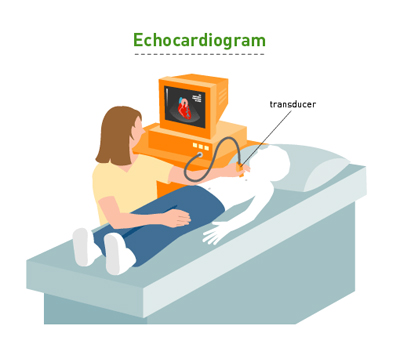Heart Rhythm Conditions which Can Affect Patient
Heart rhythm conditions are generally a preset to something more serious and is caused by an underlying cause. So what are the most common heart rhythm conditions present in patients today?
Atrial Fibrillation
Atrial fibrillation is when the atria, or upper chambers of the heart, begin to beat out of sync with the ventricles, or lower chambers of the heart. It is characterized by excessive beating, and often causes the heart to pump out less blood than normal. As a result a blood clot can be formed in the heart chambers, reaching the brain and causing a stroke or heart failure.
AF is typically due to an existing heart condition. Other conditions which causes AF include heart attack, high blood pressure and coronary heart disease. Dizziness, feeling out of breath, tiredness, a feeling that the heart is racing or fluttering, uneven heartbeat, and chest pain are all common symptoms.
AF is more common among older patients and may not present any symptoms before effect. Seeing a doctor after the onset of the first symptoms is important to avoid serious complications. The treatment of AF include bringing back the heart rhythm to as close to normal as possible and avoid the formation of blood clots in the heart as soon as possible.
Arrhythmia
Arrhythmia is a problem with the rhythm of the heartbeat beating too fast, too slow or with an irregular rhythm. Many arrhythmia are harmless, but some of the causes of arrhythmia can be life threatening, especially as it is seen that a lack of blood supply can cause brain damage, heart damage and damage to other organs.
Noticeable symptoms of arrhythmia include fainting, dizziness, heart palpitations, weakness, fatigue, shortness of breath and chest pain. Arrhythmia can be caused by heart disease, stress, smoking, heavy alcohol use and certain medications.
The treatment considered for patients depend on the severity and type of irregular heart rhythm. In most cases people with heart arrhythmia can lead normal, regular lives but never take the ‘wait-and-see’ approach.







Recent Comments